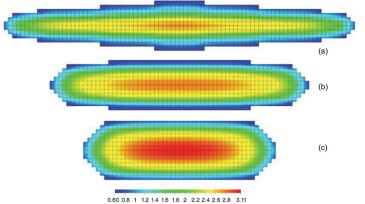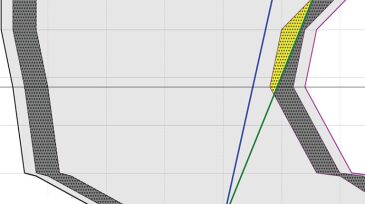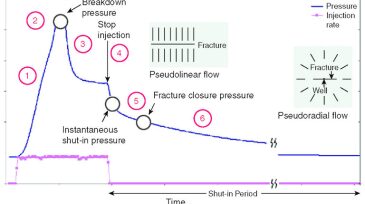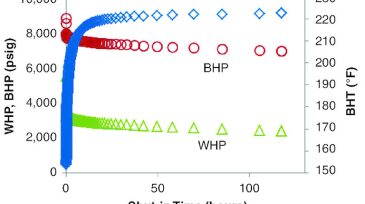DFIT
-
This paper presents a mathematical analysis of how incorrect estimates of initial reservoir pressure may affect rate-transient analysis in ultralow-permeability reservoirs.
-
The disruptive nature of unconventional reservoirs has spurred the need for new ideas. But that doesn’t always mean that we need to toss out the traditional methods that got us here. Such might be the case for the recent developments unfolding around the diagnostic fracture injection test (DFIT).
-
The paper investigates the effect of complex environments on DFIT interpretation and presents a systematic method to analyze the data.
-
MPD was used to successfully drill through a pore pressure ramp and address a well-control event in conjunction with conventional methods.
-
For the past 20 years, the diagnostic fracture injection test has been used across the frontlines of the shale revolution to paint a picture of what cannot be seen. However, that picture has not always been so clear in the eyes of subsurface engineers.
-
This work focuses on the development of specific methodologies to support managed-pressure-dilling (MPD) operations implemented on real-time diagnostic software.
-
Operators are working with a young startup company to overhaul how the unconventional sector has traditionally interpreted one the most common tests used to influence well completion designs.
-
In hydraulic fracturing, the use of diagnostic-fracture-injection tests (DFITs) can provide valuable information.
-
To achieve optimal production from unconventional reservoirs, it is useful to determine the permeability, pore pressure, and state of stress of rock strata.
-
This paper offers an analytical model for estimating the transient temperature at a given depth and timestep, for computing the BHP.
Page 1 of 2










